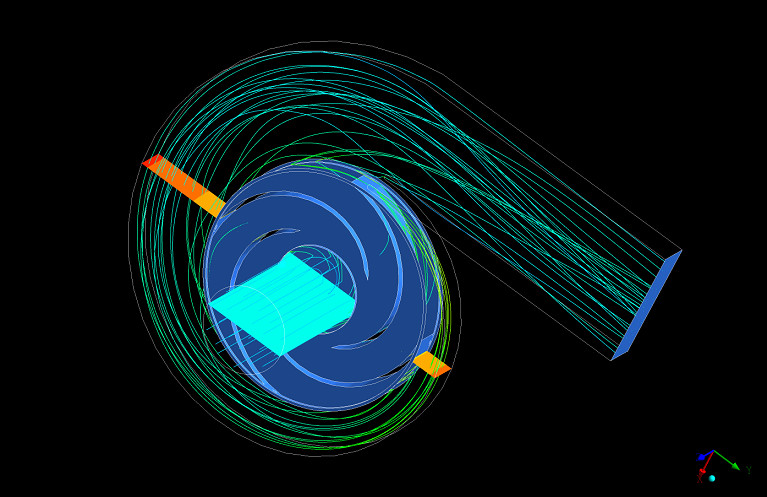
Applied R&D activities in TADL cover designs of fans for various industries(aviation, medical, automotive, locomotive, ship and consumer products) and applications(such as, electric motor, generator, engine cooling, personal gas mask or helmet cooling and HVAC system) for low energy consumption and quietness. Our consultation and design focus is on fan design, impeller design, blade aerodynamics and the air system driven by these fans and blowers for high performance, high efficiency and lower noise emissions. We are happy to be a part of the green design initiative.
Unnecessary high energy consumption and excessive noise are quite common in many real world applications related to fan and blower dependent air systems, no matter for purposes such as air delivery, cooling/heating or material transport. An aerodynamically improved system that uses modernized fan design principles and methodologies including CFD simulations and lab instrumented testing can greatly increase the overall performances by looking at improving opportunities and identifying for effective solutions.

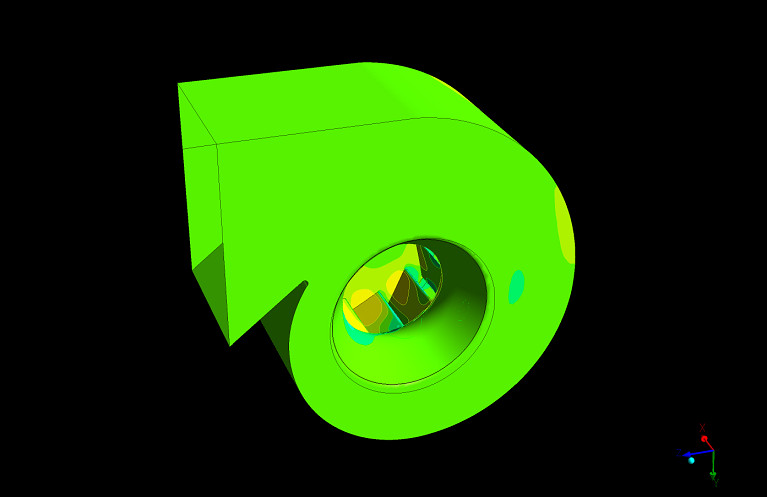
Often times the operational cost effectiveness of ventilation and air distribution systems can be greatly improved by (i) increasing efficiency of fan and (ii) reducing the pressure loss of the system without compromising the completion of the required tasks of the system, so as to reduce the cost of fuel or electric energy for long term benefit. Through fan design, optimization as well as CFD modeling, it is often possible to reduce energy cost of such systems with significant figures. We optimize a particular fan by taking into account the entire ventilation system and its range of operations, making modifications and redesigning part or all of the air systems based on those parameters.
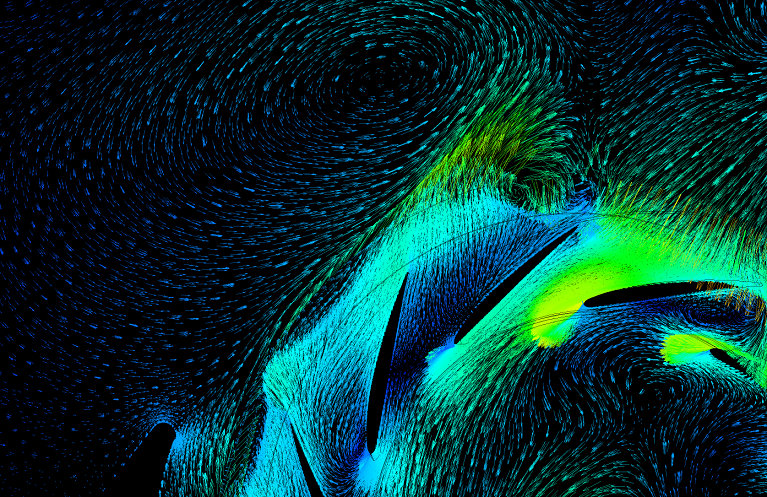
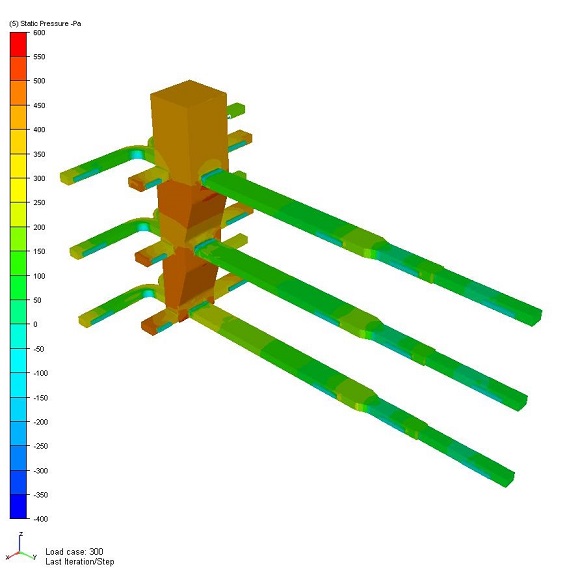
Through the use of CNC milling machines and 3D printer, we are able to prototype designs for performance testing under laboratory conditions. Prototypes can be made with various materials including various plastics (such as ABS or nylon etc.) aluminum or brass materials. Testing and CFD simulations from the same model design file will give better correlation to the results from these method. Instrumented testing will provide a complete set of aerodynamics and noise data that represent performance in laboratory conditions. On site test can also be arranged for those large scale systems as necessary.

In order to support evaluation of wind energy harvest for wind turbine installation, we use CFD to simulate wind turbine combined with local topography and local weather history statistics to optimize the designs, with which we will be able to find the ideal location for installation. This type of evaluation procedures is strongly recommended for roof top wind turbine and projects that require the wind turbine to blend with a building's geometry, since both the building itself and its surroundings can affect the wind pathing, which will significantly change the effectiveness of the wind turbine operation as well as reducing the lifespan of the wind turbine due to the turbulence induced structure fatigue from unsteady aerodynamic loadings.
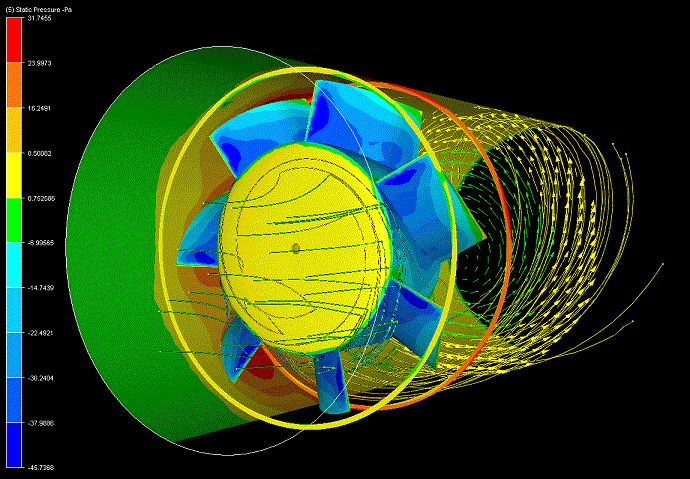
In many applications, it is important to organize a proper indoor air distribution patterns for different purposes, such as clean room, chemical/biology laboratory, hospital operation room, passenger cabin, livestock pens on ship decks, engine room cooling, and smoke control for buildings. The design can be targeted to control the distribution of temperatures, species concentrations or velocity distributions. 3D flow simulation will effectively address this topic.
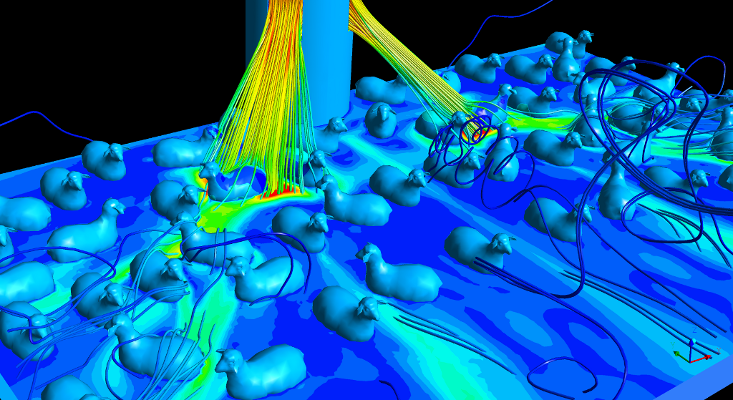
TurboMoni Applied Dynamics Lab
5673 Osgoode Main St.
O BOX 520 OSGOODE PO
Ottawa, ON
K0A 2W0
(613)-316-6552
fans@turbomoni.com
All objects and/or renderings depicted were created and owned by
Turbomoni Applied Dynamics Lab
How to create a project with us?